Accuracy of optical spectroscopy for the detection of cervical intraepithelial neoplasia without colposcopic tissue information; a step toward automation for low resource settings
- PMID: 22559693
- PMCID: PMC3380950
- DOI: 10.1117/1.JBO.17.4.047002
Accuracy of optical spectroscopy for the detection of cervical intraepithelial neoplasia without colposcopic tissue information; a step toward automation for low resource settings
Abstract
Optical spectroscopy has been proposed as an accurate and low-cost alternative for detection of cervical intraepithelial neoplasia. We previously published an algorithm using optical spectroscopy as an adjunct to colposcopy and found good accuracy (sensitivity=1.00 [95% confidence interval (CI)=0.92 to 1.00], specificity=0.71 [95% CI=0.62 to 0.79]). Those results used measurements taken by expert colposcopists as well as the colposcopy diagnosis. In this study, we trained and tested an algorithm for the detection of cervical intraepithelial neoplasia (i.e., identifying those patients who had histology reading CIN 2 or worse) that did not include the colposcopic diagnosis. Furthermore, we explored the interaction between spectroscopy and colposcopy, examining the importance of probe placement expertise. The colposcopic diagnosis-independent spectroscopy algorithm had a sensitivity of 0.98 (95% CI=0.89 to 1.00) and a specificity of 0.62 (95% CI=0.52 to 0.71). The difference in the partial area under the ROC curves between spectroscopy with and without the colposcopic diagnosis was statistically significant at the patient level (p=0.05) but not the site level (p=0.13). The results suggest that the device has high accuracy over a wide range of provider accuracy and hence could plausibly be implemented by providers with limited training.
Figures


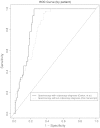
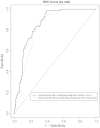
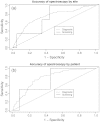
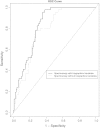
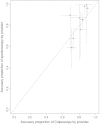

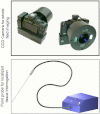
References
-
- World Health Organization, “Sexual and reproductive health—cancer of the cervix,” http://www.who.int/reproductivehealth/topics/cancers/en/ (2011).

